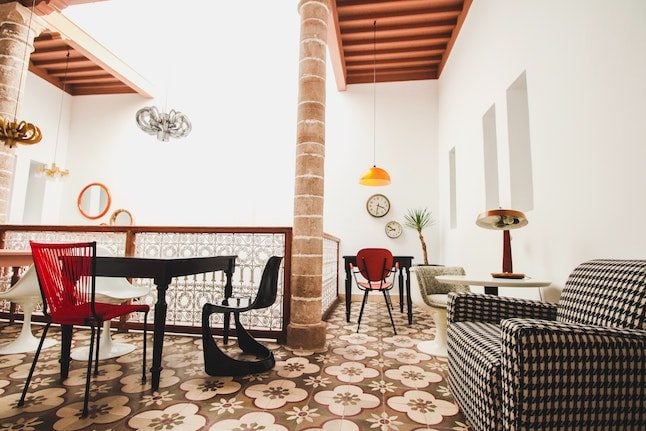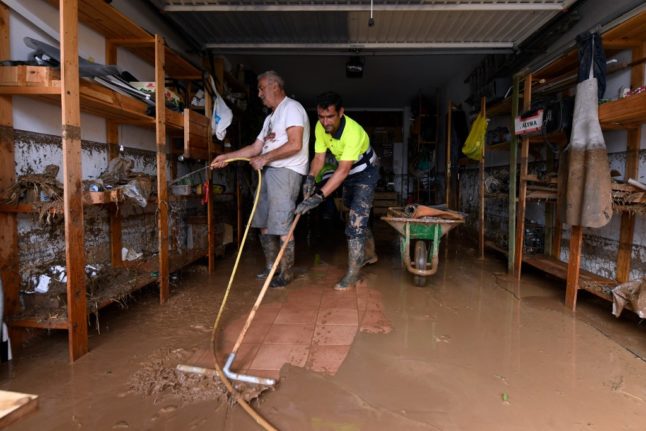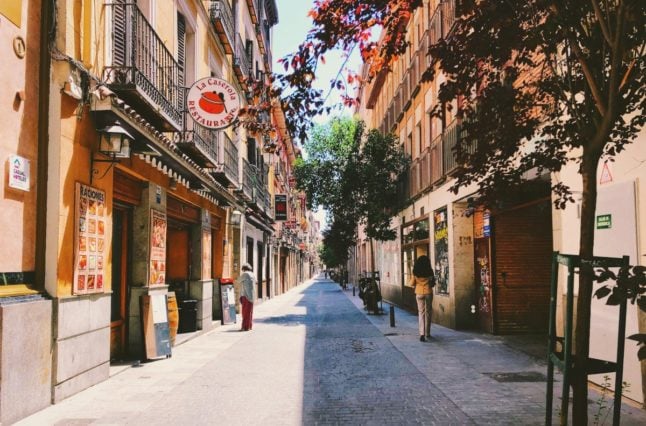If you’re moving to Spain and purchasing a property or even renting, one of the first and most important factors to consider is purchasing home insurance.
According to the latest data available, approximately 23 percent of households in Spain are uninsured. That percentage corresponds to around 6 million homes.
But with low prices and the wide range of situations Spanish home insurance covers, there’s little reason not to get it.
Contracting home insurance is only essential in Spain when you acquire a mortgage. The current Mortgage Law requires you to take out this insurance if you are going to buy a house with a loan and is an essential requirement for banks to grant you the money.
If you’re renting in Spain, you’re not obliged to contract home insurance, but it still may be a good idea.
Your landlord may have buildings insurance, but you may still want to take out some type of insurance to protect your own belongings or the contents of the property.
In the UK, home contents insurance covers your personal possessions against theft, fire or other damage, while buildings insurance covers the structure of your property if the tiles on your roof are broken in a storm for example, the outside is damaged by fire or a tree falls on part of your property.
In Spain, home insurance works slightly differently. Like in the UK and other countries there are different types of insurance.
READ ALSO: Is getting rental default insurance worth it for landlords in Spain?
What types of home insurance are there in Spain?
The most basic is seguros de daños or damage insurance which is similar to buildings insurance in the UK. This will only protect the structure of your property. This would be damage caused by major events such as fires, explosions, flooding, acts of vandalism or subsidence and you should still check the smallprint to be sure of the conditions. With flooding for example, most insurers cover flooding damage caused by rainfall greater than 40 litres per square metre per hour.
The second tier is seguros multiriesgo or multi-risk insurance. This covers both your building and its contents and is one of the most comprehensive types of home insurance in Spain.
This type of insurance not only covers big incidents like fire or theft, but it also covers a whole range of minor issues, which is very different from the type of contents insurance in the UK.

It can cover for everything from a blocked sink to a burst pipe in the wall or a broken radiator. Sometimes it may even cover the breakdown of your white goods such as washing machine and fridge, depending on how old they are and what your specific policy says.
It’s also especially useful for flat owners as it covers against damage to your neighbours’ property if something inside your apartment is at fault.
For example, if your shower or toilet breaks and starts leaking into the flat downstairs, your insurance should cover the damage to your neighbour’s ceiling so that you won’t have to fork out a fortune for fixing someone else’s property.
Many major cities in Spain have historic quarters and some of its nicest-looking apartment buildings are some of the oldest too, so it’s particularly useful if your property is old and prone to needing fixing regularly.
The third and highest type of home insurance coverage in Spain is all-risk home insurance, which has extended coverage that includes robbery on the street, damage to extra storage rooms outside the main property or coverage for cosmetic damage.
What you need to know
Keep in mind that when you do claim or after you have claimed a couple of times, it’s normal that the insurance company won’t want you to be their client anymore and will terminate your contract.
This shouldn’t be a problem, however, you will simply contract a new home insurance policy with a different company. It helps to go with a broker so that they can present you with different options to choose from, so you know what’s the best.
Be aware that every insurance company will have a slightly different policy so just because a certain item may have been covered on your old policy, it doesn’t mean that will be on the new one or be covered to the same amount of money.
What are some of the most popular home insurance companies in Spain?
There are many different companies that offer multi-risk insurance policies in Spain, both international and national companies. Some of the most popular are:
- AXA Home Insurance
- Generali
- Zurich
- Mapfre
- Caser
- El Corte Inglés
How much does home insurance cost in Spain?
As the multi-risk policies cover so many different aspects, you would imagine that they’re very expensive. Surprisingly though, these are quite affordable at under €200 per year according to the Organisation of Consumers and Users (OCU).
The price isn’t too different from what you’d pay in the UK. Money Supermarket says that a combined home and contents insurance policy in the UK costs around £140 per year, but usually it will cover a lot less.



 Please whitelist us to continue reading.
Please whitelist us to continue reading.
Member comments